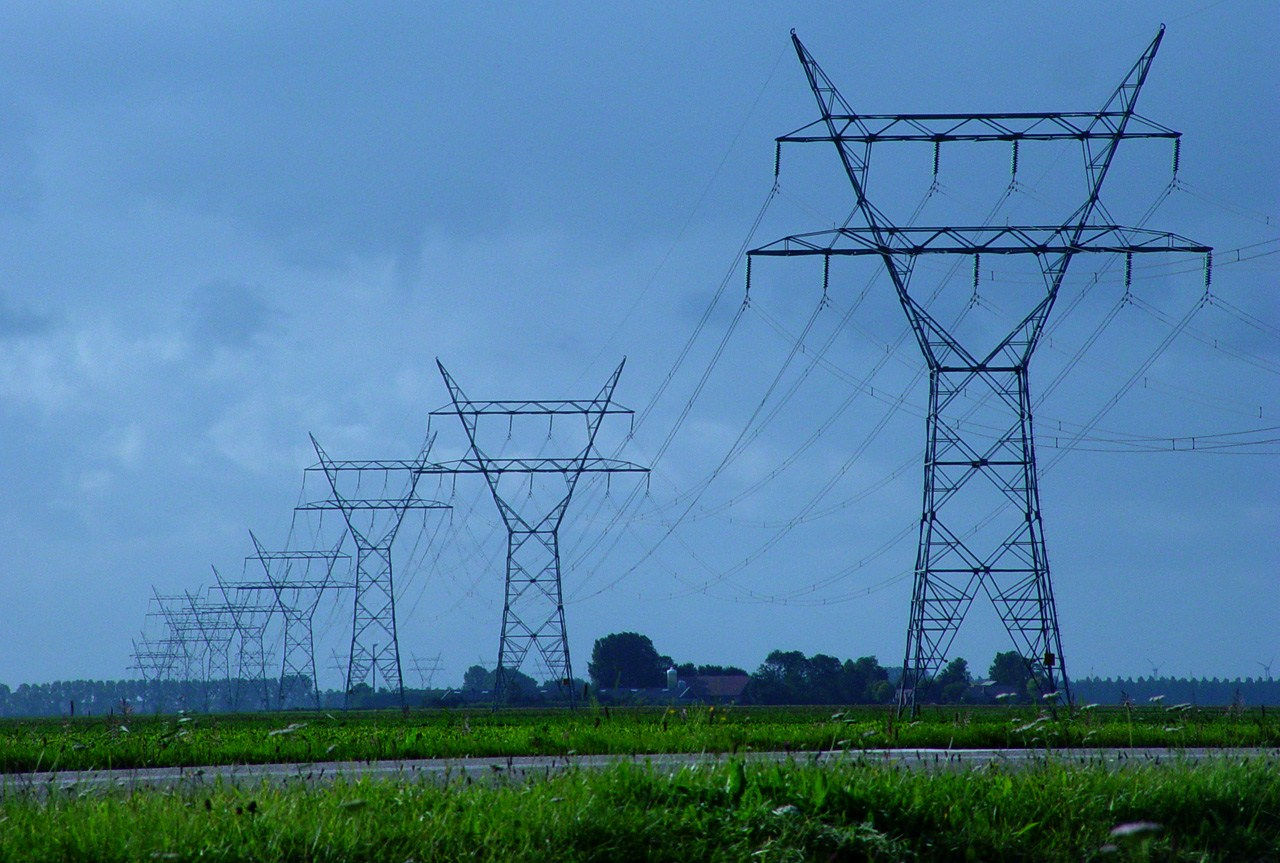What is Electrical Power Transmission?
Electrical Power Transmission
What is Electrical Power Transmission?
Widespread use of electrical energy by modern civilisation has necessitated the production of bulk electrical energy economically and efficiently. The increased demand of electrical energy can be met by building big power stations at suitable places where fuel or water energy is available in abundance. This has shifted the site of power stations to places far away from the consumers. The electrical energy produced at remotely located power stations has to be supplied to the consumers. This needs a network of conductors between the power station and the consumers which can be divided into two parts i.e. transmission and distribution.
Electrical Power Transmission
Electrical power transmission is the bulk movement of electrical energy from a generating site, such as a power plant, to an electrical substation. The interconnected lines which facilitate this movement are known as a transmission network. This is distinct from the local wiring between high-voltage substations and customers, which is typically referred to as electric power distribution
Electrical Supply System
The dispatch of electric power from a power station to the consumer is known as an electrical supply system. Principal components of the system are power station, the transmission lines and the distribution network. Electrical power is produced at the power stations which are located at suitable places, generally far away from consumers. Power is then transmitted over large distances to load centres with the help of conductors known as transmission lines. Finally, it is distributed to a large number of small and bulk consumers through a distribution network. The electric supply system can be classified into (i) DC or AC system (ii) overhead or underground systems. Three-phase, 3-wire AC systems have been universally adopted for generation and transmission of electric power on the basis of cost economics. However, distribution of electric power is done by 3-phase, 4-wire AC systems. The underground system is more expensive than the overhead system, hence, overhead system is mostly adopted for transmission and distribution of electric power.
Types of Power Lines
Typical AC Power Supply Scheme
Each part of the transmission system and distribution system can be subdivided into primary transmission and secondary transmission and primary distribution and secondary distribution. It is not necessary that all power schemes include all the stages shown in the figure. For example, in a certain power scheme, there may be no secondary transmission and in another case, the scheme may be so small that there is only distribution and no transmission. Each part of the transmission system and distribution system can be subdivided into primary transmission and secondary transmission and primary distribution and secondary distribution.
Primary Transmission
- The electric power at 132 kV is transmitted by 3-phase, 3-wire overhead system to the outskirts of the city.
- This forms the primary transmission.
Secondary Transmission
- The primary transmission line terminates at the receiving station (RS) which usually lies at the outskirts of the city.
- At the receiving station, the voltage is reduced to 33kV by step-down transformers.
- From this station, electric power is transmitted at 33kV by 3-phase, 3-wire overhead system to various sub-stations (SS) located at the strategic points in the city.
Primary Distribution
Secondary transmission line terminates at the sub-station (SS) where voltage is reduced from 33 kV to 11kV. The 11 kV lines run along the roadsides of the city, is known as the primary distribution. It may be noted that bulk consumers (more than 50 kW) are generally supplied power at 11 kV.
Secondary Distribution
The electric power from the primary distribution line (11 kV) is delivered to distribution substations (DS). These sub-stations are located near the consumers localities and step down the voltage to 400 V, 3-phase, 4-wire for secondary distribution.

